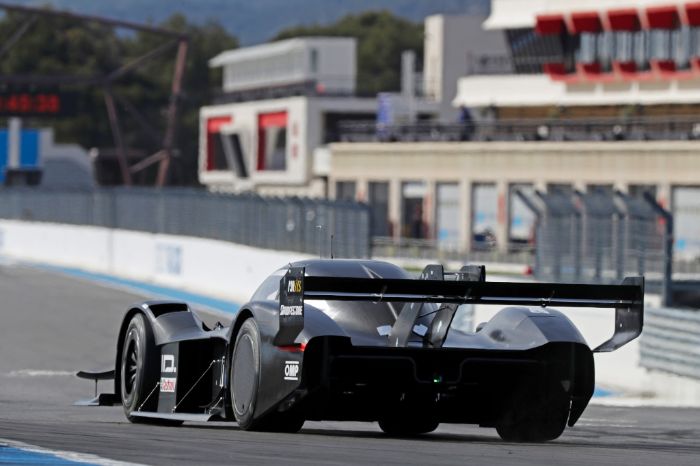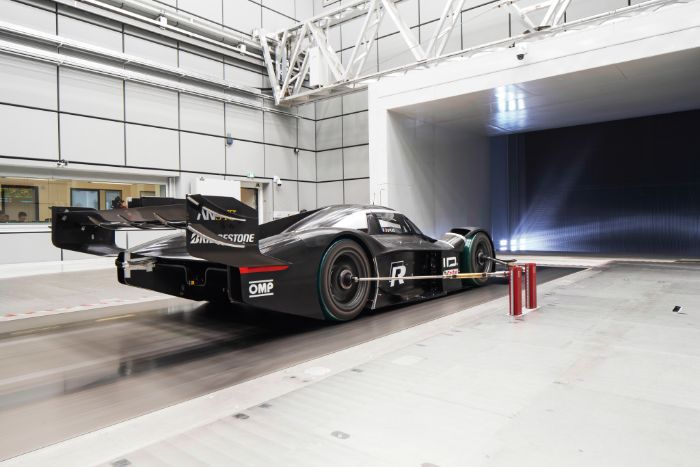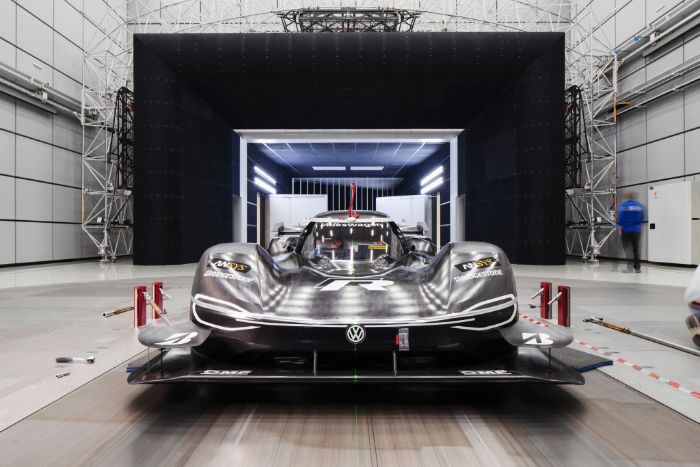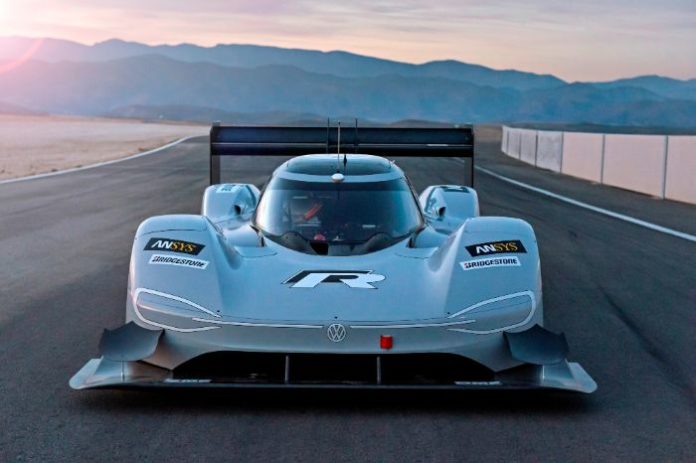Last June, Volkswagen ID.R came in hot off the lab to smash the record at Pikes Peak. Driver Romain Dumas pushed the EV prototype hard up the hill, completing the run in 7:57.148 minutes and beating the previous record by 16 seconds.
VW made it clear they will be coming for more records – and their next target is Nurburgring.
However, the two tracks are totally opposite to each other. In order to set two records with the same car, the engineers at Volkswagen had to create two separate aerodynamic packages accommodating the different conditions.
Pikes Peak features more than 150 corners with a number of hairpins. Drivers need to climb 4,720 feet vertically to reach the summit at 14,110 ft above sea level. To navigate the course quickly, you need a lot of downforce and a lot of power.
Although it’s similar in length and features a few steep sections, Nurburgring is much closer to sea level and much more flat. The town of Nurburg sits at 1,768 ft above sea level. The track features a 1,000 ft difference between its highest and lowest points.

Most importantly, Nurburgring has a number of straight lines where you’d floor the car, juicing every hp out of the engine. A record-setting car needs to focus on drag reduction, but still produce enough downforce to navigate the corners.
This lead Volkswagen to create a new rear-wing with an F1-style Drag Reduction System (DRS). The flap opens at the straights to reduce drag and closes down in the corners to provide downforce and keep the rear end firmly planted.

It’s also interesting to note how altitude affects aerodynamics. Lift, downforce and drag are directly proportional to air density. As you rise in elevation, the air density drops, therefore, your downforce drops with the same rate.
In fact, using some rough math, we can estimate that the same car generates 20% – 32% less downforce at Pikes Peak (start to summit) compared to Nurburgring. So, designing the aero for Pikes Peak meant VW engineers had to go to excessive lengths to secure the necessary downforce.

But you don’t need 20% – 32% more downforce on the ‘Ring – mostly because you also increase drag with the same rate. So, now engineers need to reduce the aero in favor of top speed and faster acceleration.
It’s fascinating to see the determination of Volkswagen’s ID program and the effort they invest in developing the future of transportation. Racing is obviously the proving ground, but all these extensive studies will inevitably trickle down into the vehicles we drive every day.
